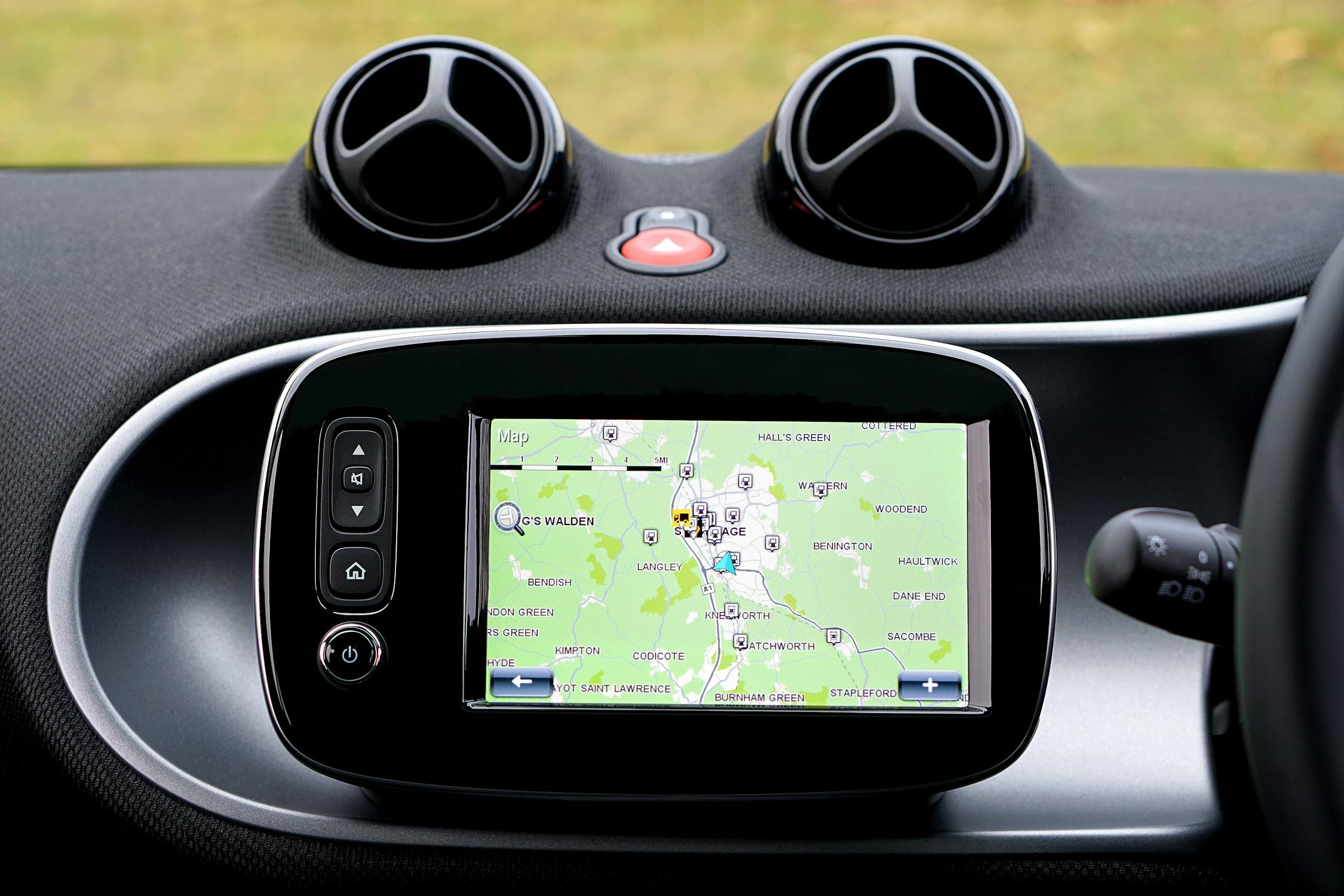The Untold Story of Roger Easton: Father of GPS

Roger Easton may not be a household name, but his contributions have had a profound impact on our daily lives. As the visionary behind the Global Positioning System (GPS), Easton revolutionized how we navigate the world. His work laid the foundation for a technology that has become indispensable, guiding everything from smartphones to autonomous vehicles.
Born in 1921, Roger Easton's journey into the realm of space and navigation technology began with a career at the Naval Research Laboratory (NRL). Here, he embarked on projects that would later culminate in the development of GPS. His innovative ideas and relentless pursuit of precision in satellite navigation marked him as a pioneer in this field.
The story of GPS is one of ingenuity and perseverance. Easton's vision for a satellite-based navigation system was initially met with skepticism. However, his determination and technical prowess eventually led to the successful implementation of a system that has transformed modern navigation. This article delves into the untold story of Roger Easton, exploring his contributions and the legacy he left behind.
Early Life and Career
Roger L. Easton was born in Vermont, USA. His early years were marked by a keen interest in science and technology, which led him to study physics at Middlebury College. After graduating, he served in the U.S. Navy during World War II, an experience that would shape his future career.
Following his military service, Easton joined the Naval Research Laboratory in Washington D.C. It was here that he began working on projects related to space and satellite technology. His early work included developing tracking systems for satellites, which laid the groundwork for his later achievements with GPS.
Easton's innovative approach to problem-solving quickly earned him recognition within the scientific community. His ability to envision practical applications for complex technologies set him apart from his peers. This foresight would prove crucial in the development of GPS.
The Birth of GPS
The concept of a satellite-based navigation system was revolutionary in the mid-20th century. At that time, navigation relied heavily on ground-based systems, which had significant limitations. Roger Easton saw the potential for satellites to provide precise location data anywhere on Earth.
Easton's breakthrough came with the development of TIMATION (Time Navigation), a project that demonstrated the feasibility of using satellites for accurate timekeeping and positioning. This project was instrumental in proving that satellites could be used to create a global navigation system.
In 1973, Easton's vision took a significant step forward when the Department of Defense approved funding for what would become known as GPS. The system relied on a constellation of satellites orbiting Earth, transmitting signals that allowed receivers to determine their exact location based on time delay measurements.
| Year | Milestone |
|---|---|
| 1964 | Development of TIMATION project begins |
| 1973 | Department of Defense approves funding for GPS |
| 1978 | First GPS satellite launched |
| 1995 | GPS becomes fully operational |
Challenges and Triumphs
The path to creating GPS was fraught with challenges. Technical hurdles, budget constraints, and bureaucratic obstacles all threatened to derail the project. However, Easton's resilience and unwavering belief in the potential of satellite navigation kept the project moving forward.
One significant challenge was achieving the level of accuracy required for practical use. Early tests revealed discrepancies that needed to be addressed through meticulous adjustments and refinements in both satellite technology and mathematical algorithms.
Another obstacle was gaining support from various stakeholders within the government and military. Convincing decision-makers of GPS's potential required extensive advocacy and demonstration of its practical applications.
Despite these challenges, Easton and his team persevered. Their efforts culminated in the launch of the first GPS satellite in 1978. By 1995, GPS was fully operational, providing precise positioning data worldwide and revolutionizing navigation across multiple sectors.
The Legacy of Roger Easton
Roger Easton's contributions to modern technology extend far beyond GPS. His work has paved the way for numerous advancements in satellite communications, geolocation services, and even space exploration.
The impact of GPS on society is immeasurable. From everyday activities like driving and hiking to critical applications in aviation, maritime navigation, and emergency response, GPS has become an integral part of our lives.
Easton's legacy is also evident in how GPS has fostered innovation in various industries. Autonomous vehicles rely on precise location data provided by GPS to navigate safely. The logistics industry uses it for efficient route planning and tracking shipments. Even personal fitness devices use GPS to monitor physical activity accurately.
A Visionary Remembered
Roger Easton's visionary work earned him numerous accolades throughout his career, including induction into the National Inventors Hall of Fame in 2010. However, perhaps his most significant legacy is how his innovations continue to shape our world today.
While many people might not know his name, they benefit daily from his contributions every time they use a smartphone or follow turn-by-turn directions while driving. The Global Positioning System remains one of humanity's most transformative technological achievements.
The story of Roger Easton is one of vision, perseverance, and innovation. His work on developing GPS has left an indelible mark on modern society, transforming how we navigate our world. From its early days at the Naval Research Laboratory to becoming an essential tool used globally, Easton's legacy continues to guide us—both literally and figuratively.
The next time you rely on your smartphone's map app or watch an autonomous vehicle navigate city streets seamlessly, take a moment to remember Roger Easton—the father of GPS—whose groundbreaking work has made it all possible.